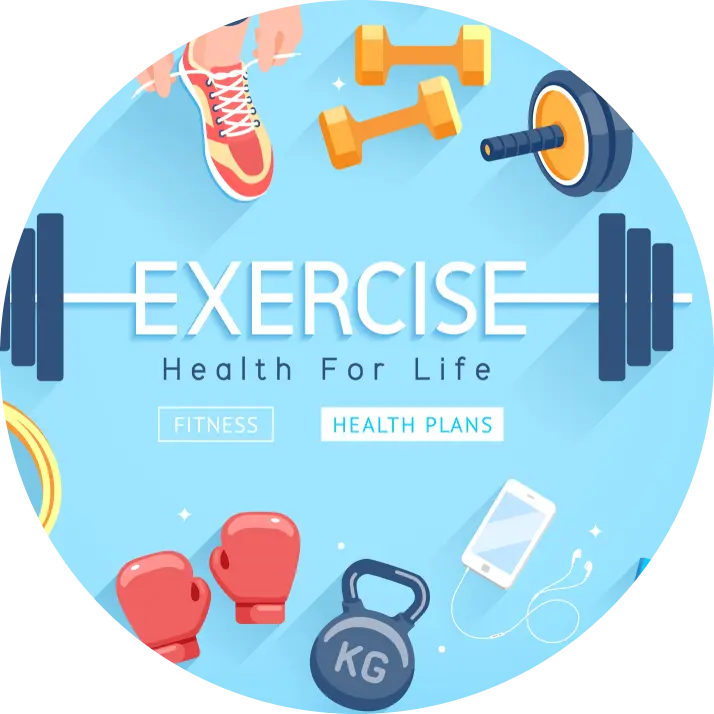Swimming is a very complete and recommended sports discipline to work the entire body. But as in all disciplines, it is necessary that we have good technique and perfect preparation and muscular predisposition. For this, it is important that in addition to swimming well, we exercise the different parts of the body in order to achieve better results .
Technique when swimming is essential, but it is not everything, since it is also very important to get muscles ready to execute a good swimming routine. For this reason, it is essential that we take into account how important it is to perform exercises that end up strengthening this part of the body and that help us strengthen the joints and the muscles that make them up and that are directly involved when swimming. To swim more and better it is necessary to work the muscles involved in this modality. Especially those of the back, shoulders and legs.
As happens with many sports disciplines, we almost never realize how important it is to exercise the parts involved in the different movements carried out. Something similar happens with running, since we assume that simply carrying out the activity is enough and it is always better to strengthen the parts involved in order to achieve better results.
The Exercises You Can Do in the Gym to Be a Better Swimmer.
To achieve this, it will help us to include a series of exercises aimed at being much more effective when swimming. Strengthening the parts involved in this activity will help us have much more endurance and achieve better marks when carrying out any swimming training or competition.
High pulley pulldown to work the dorsal part.
First of all, we are going to stop at a part that intervenes very directly when we swim, it is the back and the shoulder area. For this, as the first exercise we are going to recommend the high pulley pull-down . With this exercise, above all, we are going to work on dorsal muscle power. This part intervenes directly when performing swimming strokes, and therefore it is necessary to have sufficient power to increase the action force and thus the speed of movement. The high pulley pull will help us work the dorsal part directly, while we get the shoulders involved.
To carry out this exercise we need a pulley and a rope grip with two sides, one for each hand. Grasping each side of the rope with one hand, we will face the pulley with our arms stretched above our heads. We will place the legs parallel, slightly separated and well anchored to the ground by the soles of the feet. We will bend our knees slightly and place our back straight, throwing our butt back.
This starting position is the same one that we will maintain throughout the entire exercise. The movement will consist of attracting the rope to the chest through the action of the lats. To do this, we must put our elbows back, trying not to separate them from the trunk so that the dorsal part intervenes, since this exercise concentrates mainly on the external part of the dorsal muscles. They intervene directly when performing swimming strokes.
Lateral shoulder raises to strengthen the joints in this area.
The shoulders are another part that is most involved when swimming. Above all, the articulation is very involved. Therefore, it is necessary that we strengthen the muscles that surround it. For this reason, it is necessary to work on them and for this we are going to recommend an exercise that perfectly isolates the deltoids. These are lateral shoulder raises .The shoulders must always be ready and strengthened to achieve perfect joints.
To perform this exercise we will stand facing forward with our back straight and body stretched. We will place the legs slightly apart with the feet secured to the floor and the knees slightly bent. The arms will be stretched on each side of the body and in each hand we will have a dumbbell with a load appropriate to our physical strength.
In this position what we will do is laterally raise our arms and the load we carry in them . In this way, through the action of the shoulder muscles we will be able to perform this movement. When raising your arms, it is necessary to do so up to shoulder height, that is, your arms and the load must be parallel to your shoulders.
With this exercise what we will do is focus on the external part of the shoulders, the deltoids . It is important to keep in mind that when raising the shoulders, the elbows should be slightly bent to concentrate more tension on the part being worked. The same thing has to happen with the hands, it is better that we move them very slightly forward to gain more support in the part being worked on.
Pull-over, a good way to work shoulders and back at the same time.
The pull-over is another exercise that will help us strengthen the back and shoulder area with a single movement. It is important to do it well, because when it comes to acquiring strength to swim better, it will help us enormously. To do this we will need a bench to support our back and a dumbbell that will serve as a load to lift. The dumbbell pull-over will help us work the back and shoulders effectively at the same time.
To do this, what we will do is lie face up on the bench with our legs resting on the floor and our back fully supported on the bench. With both hands we will grab a dumbbell, so that the palms of the hands are facing up. Ideally, the arms should be left with the elbows bent. The shape we must achieve is a kind of rhombus that we will form with our arms, the tip being both hands that will hold the dumbbell.
In this position what we will do is start with the arms backwards , so that the dumbbell is above the head and by raising the arms we will ensure that the load rises above the trunk until it reaches the chest area. Throughout this movement, the arms should remain stretched and with the elbows slightly bent. A mistake that we should not make is arching our back during the exercise, since we must concentrate all the tension on the areas worked.
Squats for strong and powerful legs.
But not only the upper body should be worked on, the lower body cannot be forgotten, since in swimming it is responsible for giving us momentum. To do this, we want to highlight a complete exercise that will help us work all the muscles in our legs. These are squats .Strong legs are important in swimming, and that is why squats are the best alternative to achieve this.
It is an exercise well known to all of us and to perform it we need a weighted bar to place on our shoulders. The way to do this is by standing up, with our feet perfectly anchored on the floor and our legs apart, so that they are wider than the hips.
In this position what we must do is bring our butt back without bending our back. The movement should be from the hips and prevent the knees from coming forward above the balls of the feet. If this happens we will be diverting the tension to the knees and we run the risk of hurting ourselves in this part. The same thing happens with the back, we should not arch it, as we run the risk of overloading the lumbar part.
Work the core to achieve perfect stabilization of the body.
Perfect stabilization for swimming is essential, since it will allow us to maintain a straight body line that will provide more power to our exercise. Therefore, it is necessary to enhance stability and to achieve this it is important to work the core muscles .Achieving good stabilization from a strong core is essential when swimming well and with good technique.
To do this, we are going to recommend performing isometric sit-ups on a bosu. In this way we will need a bosu that will support us and at the same time destabilize us and help us strengthen the core part much more. Simply what we have to do is place the bosu on the ground and us on it.
The way to position ourselves will be simple, facing the bosu and facing the ground we will rest our hands on the bosu, so that it gives us instability. The trunk and legs will be straight , since we will only support the ground with the tips of our feet.
In this position we will remain rigid and straight for at least a minute . What we will achieve with this is, through abdominal action and its contraction, maintain the posture. This is a good way to strengthen the area and achieve greater resistance in this part of the body. It is important not to arch your back or bend your knees so as not to divert tension to another part of the body.
Bottom line.
In this way, with these exercises we will be ready to start swimming and, if we are already doing it, achieve better results. Ensuring that this is the case and that our practice has greater performance is in our hands, and for this it is important that we also work in the training room and not only in the pool.

 Workout
Workout
 Meditation
Meditation





 Contact Us
Contact Us





